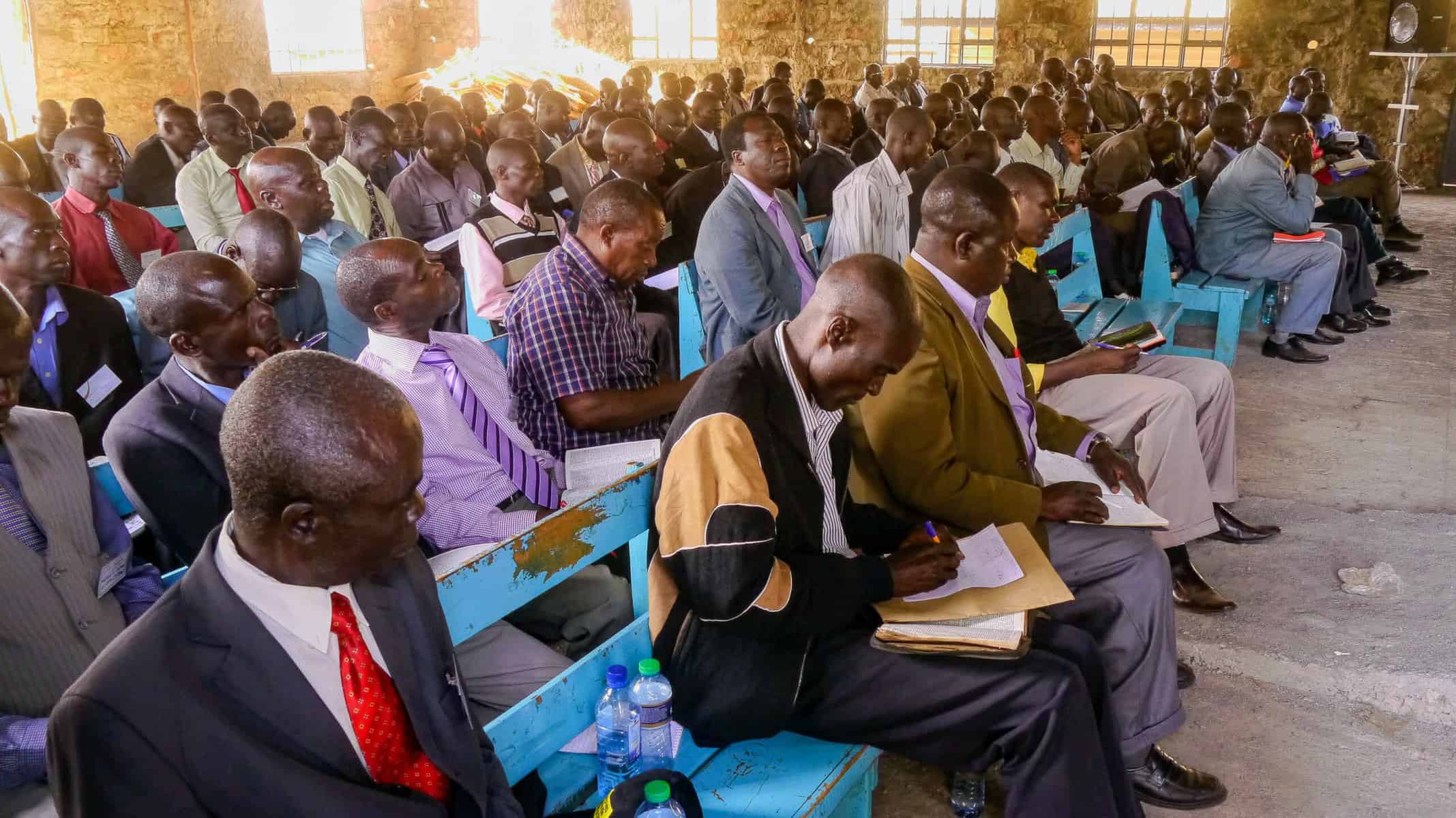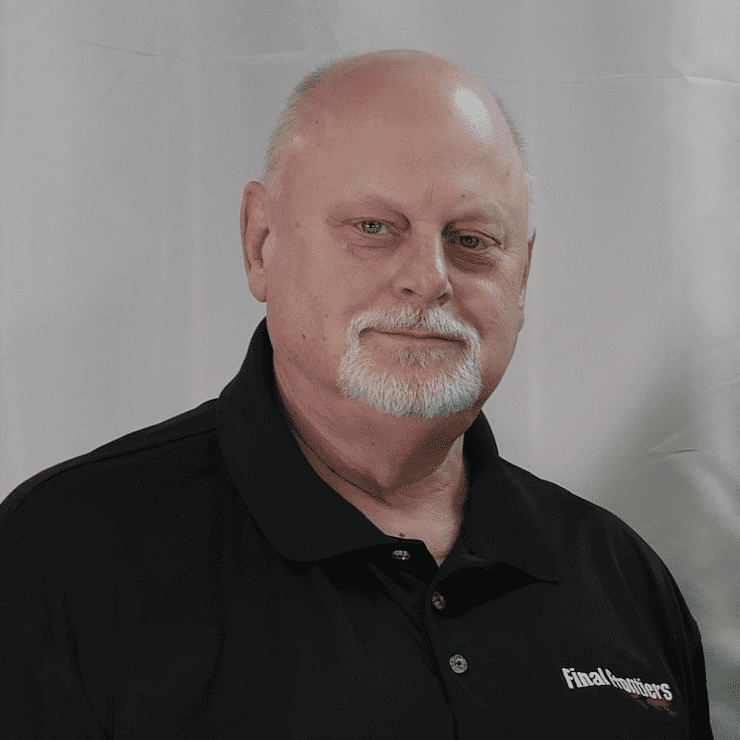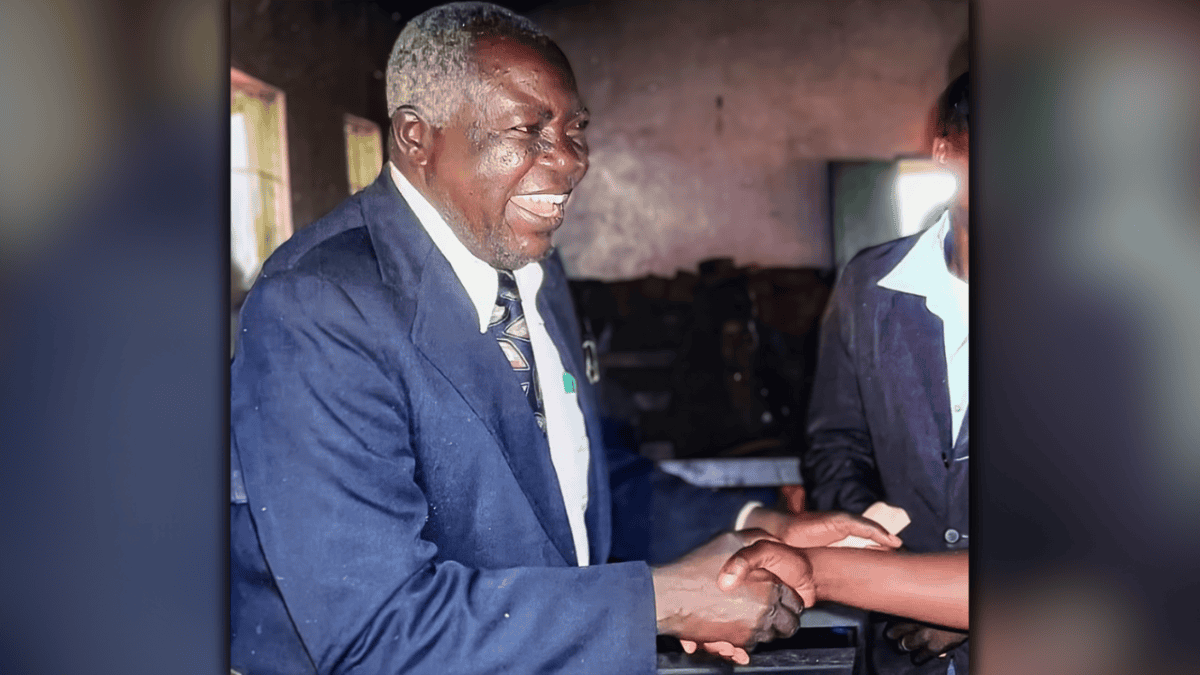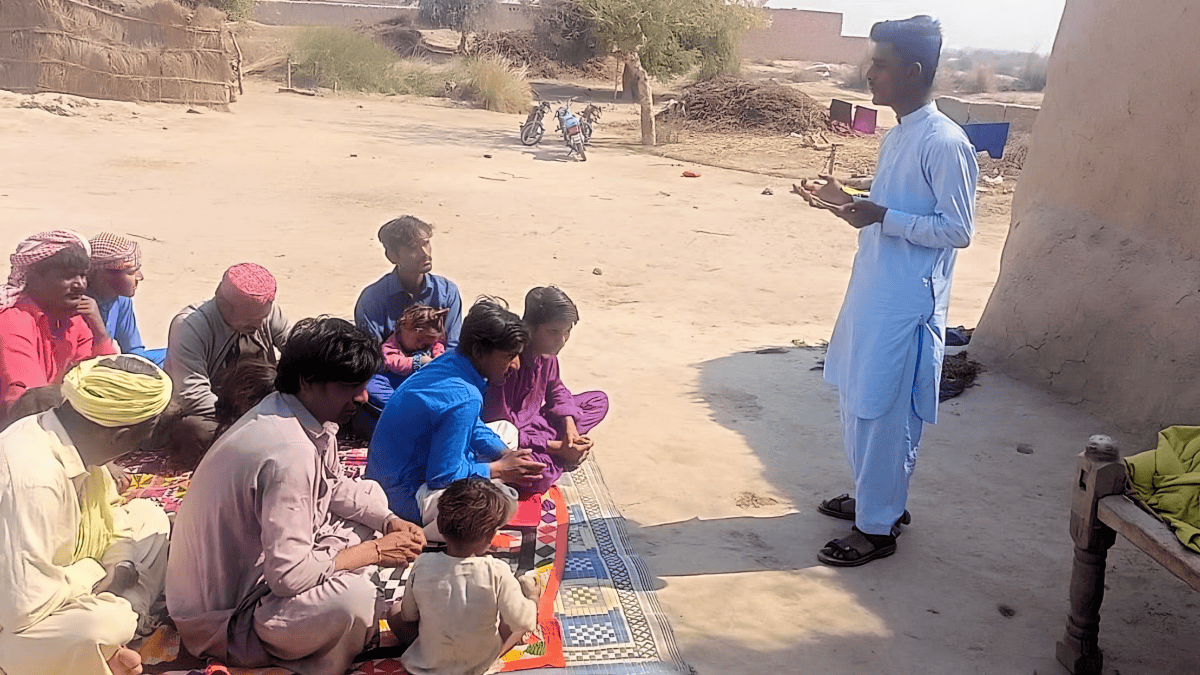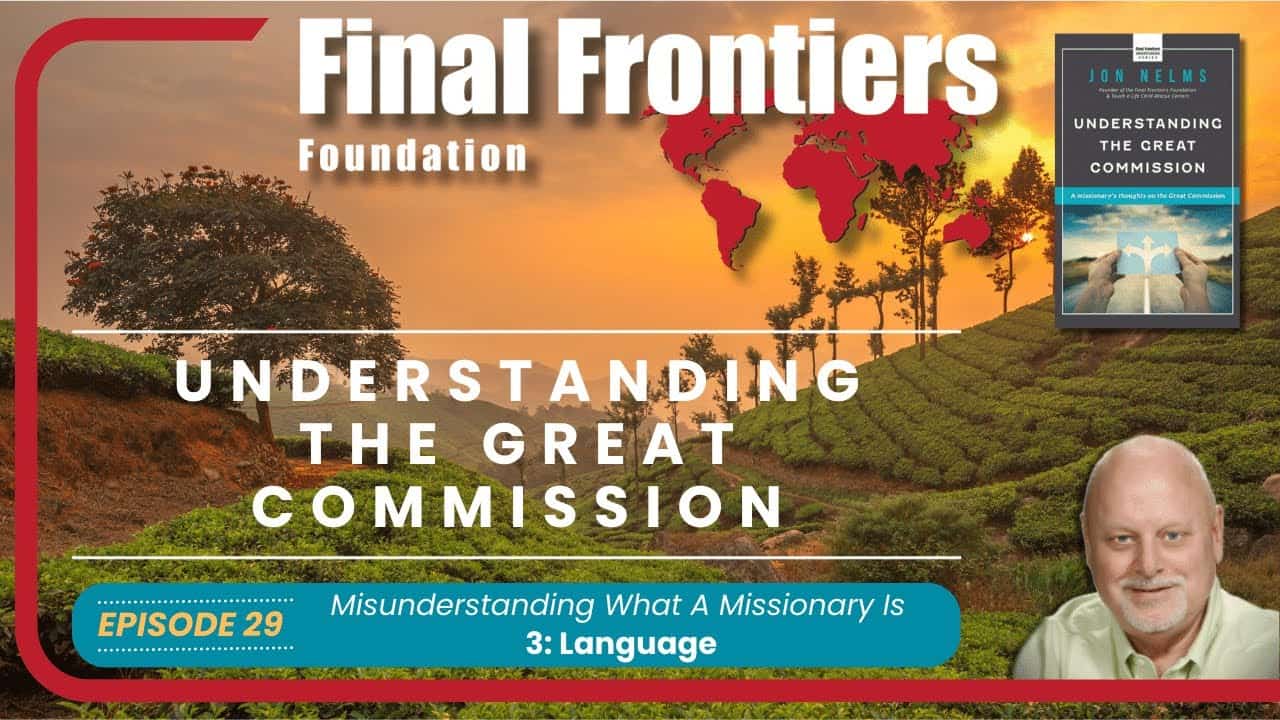When we first began introducing our Great Commission Fund, it was challenging to help sponsors understand its effectiveness. The idea of my (or their) personal contribution being combined with those of others to help many men rather than going to one was appealing. I knew many would resist because they would miss that personal connection with the preacher they had supported for years. Therefore, we have “grandfathered” those sponsorships into our original program. Still, others, like me, were less concerned with the personal touch than with the opportunity of helping as many men as possible reach those where Christ is still unnamed and unknown.
It occurred to me that I might explain it better using the local church offerings as an example. When we give to our church, we all know that it will pay for the lights, the mortgage, the salaries of the pastor, associate pastors, secretaries, etc. That’s why no one designates their tithe for “the pastor ” when giving to their church.” They know that when they give, a portion of what they give, combined with the giving of the other church members, will pay for those budget items.
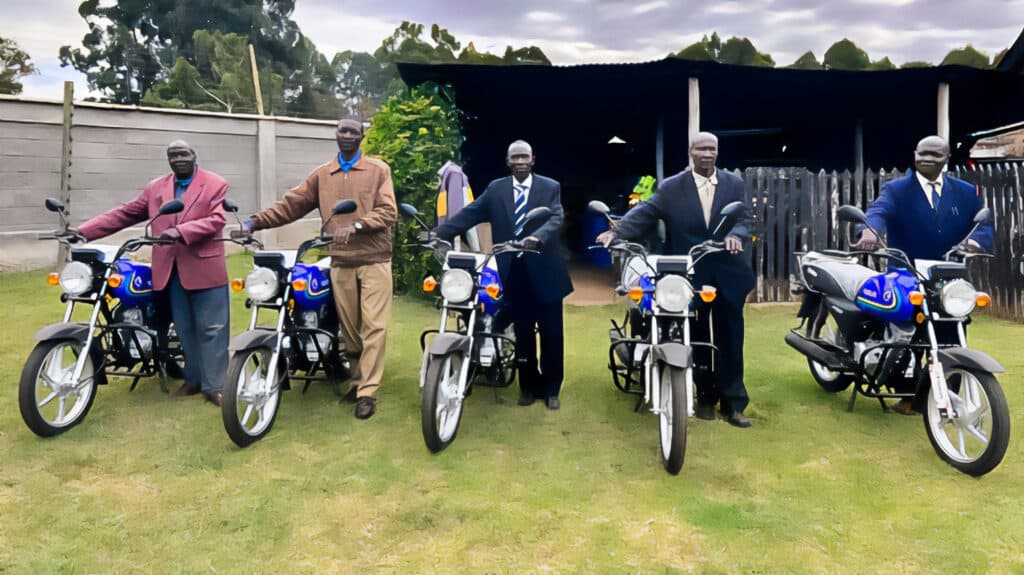
When I was fifteen, my family joined the Forest Hills Baptist Church in Decatur, Georgia. Curtis Hutson became our pastor (and eventually my mentor and boss). At that time, the church attendance was running a bit less than 500 on Sunday mornings. Within two years, that number increased to well over 2,000. I fondly remember Dr. Hutson telling us that when he became the pastor and was a mailman, the church could not give him a salary; instead, they gave him a percentage of the offering. (I think it was 50%, but I’m not sure.) He fondly reminded us that when the church grew and, by extension, the income, they did away with the percentage and gave him a salary.
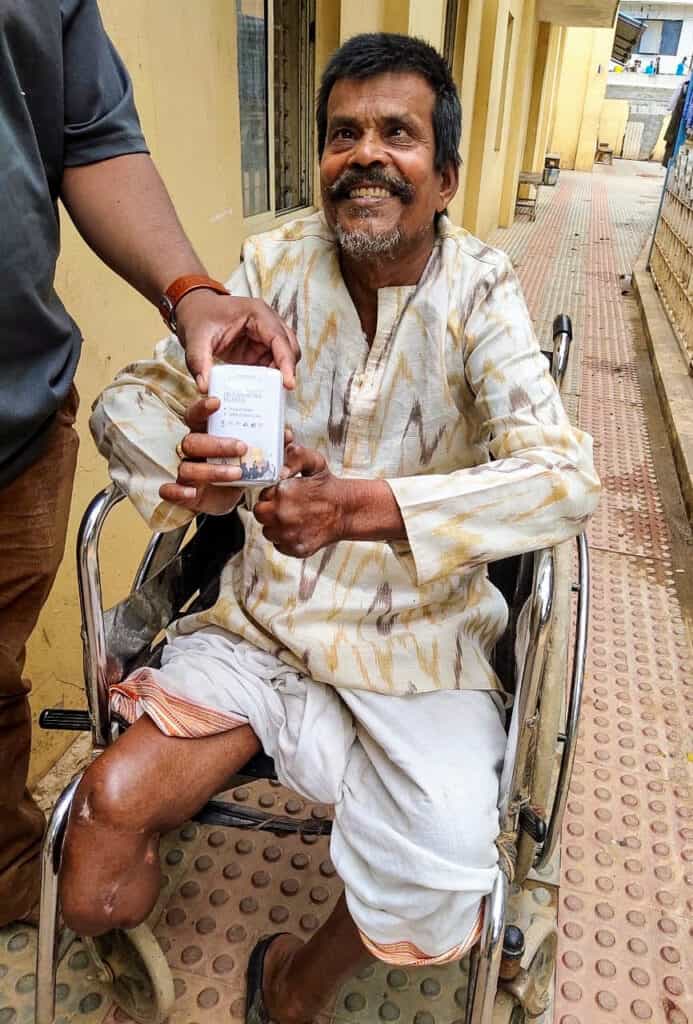
You helped us provide an audio Bible for a man who is blind and has leprosy.
Had they not made that change, he would have become very wealthy, but the church would have suffered. There would have been no associate pastor, bus pastor, or youth pastor (myself for a short time), no secretaries, and no ability to make the mortgage payment for the new facilities.
Such was our concern regarding our original method of supporting national preachers, a method that dozens of other ministries have emulated. If they grow, they will also learn what we have, that there really is a glass ceiling, and that funding methods must be changed to support more national church planters. Most ministries patterned after Final Frontiers support five men, ten, or maybe even one hundred. But after raising support for more than 1,500 national missionaries, we knew we had to make a change, and by doing so, our ministry network quickly grew to more than 28,000 preachers, with another 10,000 on a waiting list. Except for those grandfathered in, we no longer give them all the same amount. We give them what they need based on their family and ministry size and the recommendation of their National or Regional Director, who personally knows them and their needs.
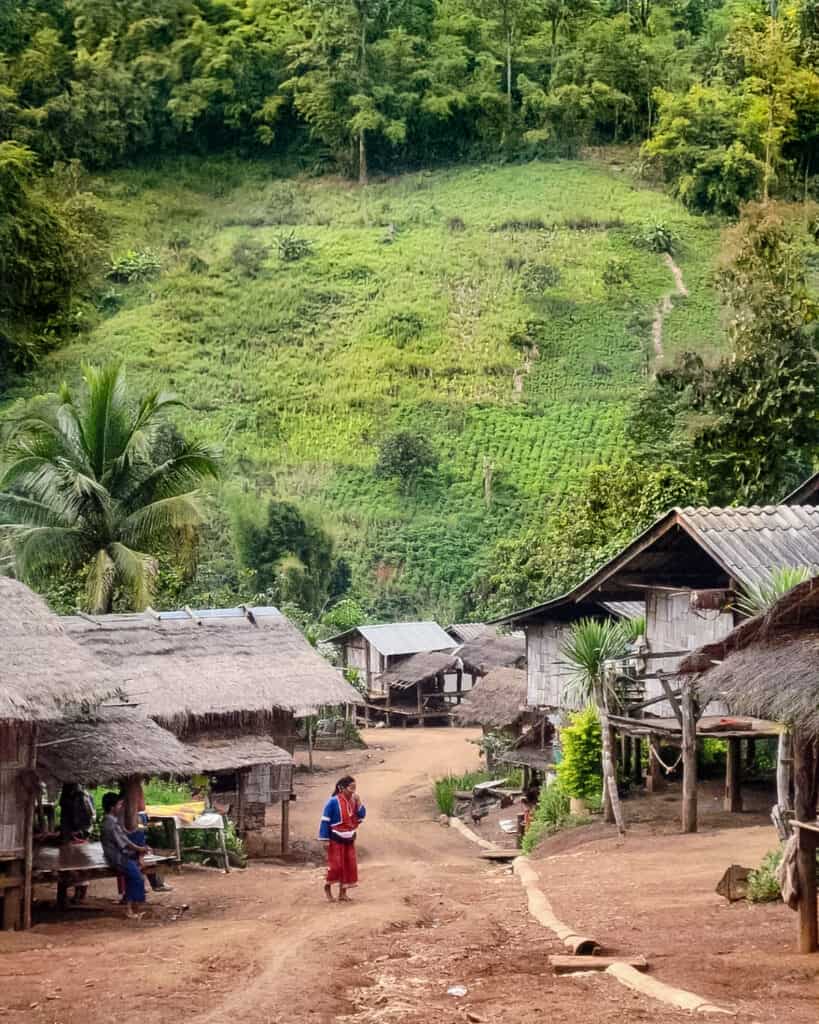
Evangelizing in the Lisu village in Thailand.
In the past, if we wanted to start supporting a new group of preachers (we only support groups, not individuals, as one man serving alone has no local accountability), raising the necessary funding for a group of ten men (our minimum group size) may take us four to six months to get enough sponsors for all of them. This is because the economy has strangled the giving potential of many, and we constantly had to get new sponsors to replace older sponsors who had retired or passed away. Our system had become a two-steps forward / three-steps backward nightmare.
However, the Great Commission Fund has grown to the point that we recently took on a new group of national church planters in India. It was not a group of ten, twenty, or even thirty active and experienced church planters; it was a group of ninety-three! The fund also allows us to provide the tools needed for the preachers to evangelize and plant new churches. These are ministry tools like bicycles, motorcycles, Bibles, tracts, teaching curricula, medicine, etc.
When I started this ministry in 1986, it took me five years to get the first ninety-three preachers sponsored; now, we are blessed to do it in one day! That’s entirely because the Great Commission Fund is growing, and it is growing because more of you now understand how it works and have chosen to help.
But, imagine if you were designating your offering solely for your pastor, would you be expected to provide his entire salary? No, (but if you are financially able to do that, please let me know). You would simply give what you can, knowing it will be combined with others who are also giving. And that is precisely how our Great Commission Funds works. You give what you can when you can. It’s just that simple. To support a preacher no longer means you have to provide the complete support for a preacher ($50 monthly). You can give that much if you want or give $5 monthly, quarterly, or annually because your gift is combined with others to help as many men as possible. It’s just like when you give at your church, and that’s why we could take on ninety-three men at once.
But what about accountability? Our original method pioneered quarterly reporting forms that are now the acceptable format for missionaries to report.
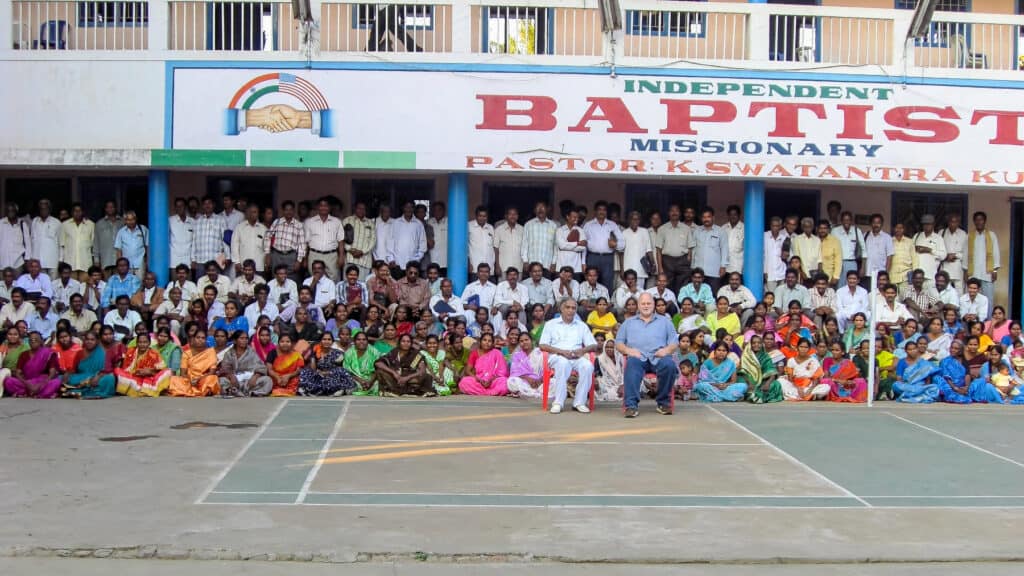
We’ve come so far since this preachers and wives meeting in India in 2008.
Those who chose to maintain the original sponsorship method still get quarterly reports. But for those who chose to give through the Great Commission Fund, you receive reports in each issue of the Progress Erpot as well as four to six other GCF reports each year by email. Whereas our sponsorship report forms are two pages long, the GCF reports typically vary from three to eight pages in length with photographs and explanations of things mentioned that are unfamiliar to American readers, such as the names and natures of foreign gods, sacrificial methods still used today, reports on the needs of widows and orphans cared for by our preachers and even the rescue of our Bible smugglers and children sold into both secular and religious prostitution and slavery. The topics are unending. (We send these by email to everyone on our email list so they can benefit too, but the purpose is to provide accountability to those who contribute to the GCF.)









